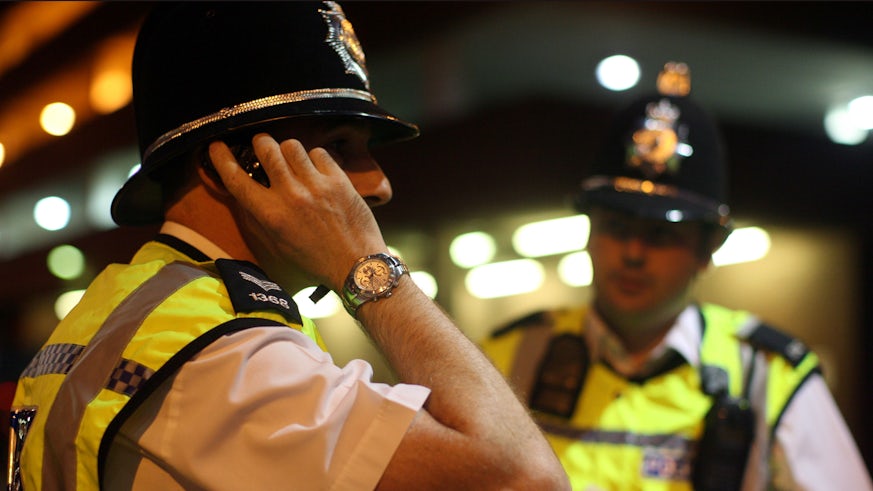Join forces to reduce US violence, says UK expert
30 March 2017

Violence in the US can be reduced if police and health agencies join forces, says a leading UK expert.
Evaluations show that policing and violence prevention can be much more effective if agencies work together to identify and address violence hotspots. This could reduce the violence on America’s streets and the injuries that result.
Writing in JAMA, Professor Shepherd, Director of Cardiff University’s Violence Research Group, and Dr Steve Sumner, US Centers for Disease Control and Prevention (CDC), argue that by using anonymised data collected by hospital emergency departments (EDs), health agencies can work with police to reduce violence.
The ‘Cardiff Model’
Professor Shepherd pioneered the ‘Cardiff Model’ for reducing violence in the UK after he discovered that three-quarters of incidents which result in hospital ED treatment are not known to police. Following the implementation of the model the numbers of people injured in violence treated in Cardiff’s emergency departments halved between 2002 and 2013. There was also a 39% reduction in violence inside licensed premises, and a 42% reduction in hospital admissions and violence recorded by the police (relative to 14 similar UK cities).
“Anonymised details from hospitals such as the precise violence location, time, days and weapons are shared with police, helping them to build a monthly ‘hotspot map’ of the timing and characteristics of violence, showing where their presence is most effective in deterring violence and intervening early if it does break out,” says Professor Shepherd.
The ‘Cardiff Model’ is being replicated in Atlanta, Philadelphia and Milwaukee County, Wisconsin.
‘Patterns of violence’
Researchers at the Medical College of Wisconsin are working with the US National Institute of Justice and the Bureau of Justice Assistance. Jennifer Hernandez-Meier, Research Scientist and Co-Principal Investigator of the project, Medical College of Wisconsin, said: “Equipped with this data, patterns of violence can emerge. The next step is for community organizations, public health, and law enforcement to devise and implement focused plans to prevent these incidents from happening in the first place...”
“Preventing violence takes the commitment and collaboration of everyone in our community.”
Published cost benefit analyses show that adopting the model across the US has the potential to reduce arrests and injuries and save billions of dollars in public service costs. Shepherd and Sumner say the collaborative approach of the ‘Cardiff Model’ could also inform policing methods.
Professor Shepherd said: “Formal police-health partnerships, underpinned by information governance standards and community violence prevention boards, are one way to improve public trust in law enforcement as well as to prevent violence...”

“There’s growing evidence that police-health partnerships in the U.S. can really help better address violence in communities.”
The Cardiff Model is being replicated in several countries including Australia and the Netherlands.
The paper ‘Policing and Public Health – Strategies for Collaboration’ is published in JAMA.

